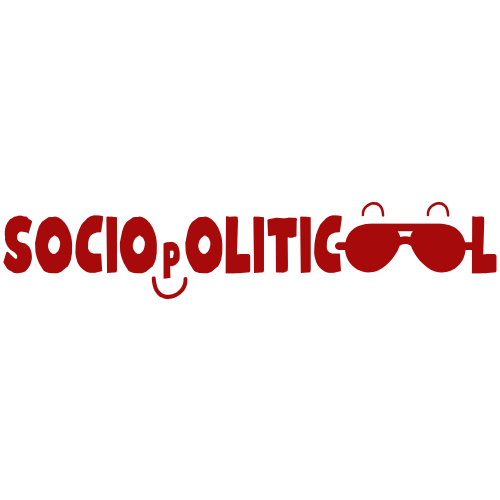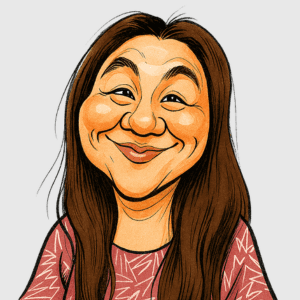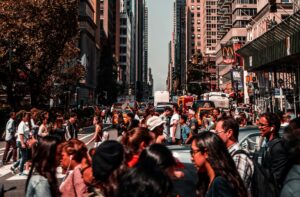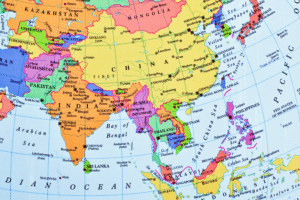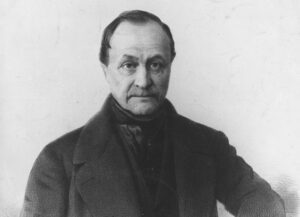The French Revolution is the most fascinating historical event to me. It was a decade-long revolution that was filled with terror, from 1789 to 1799.
France was crumbling, but the upper class still dared to have fun. Why not when they could hand over the responsibility to the commoners?
The commoners were ordinary people, including peasants, workers, and the middle class, who made up the Third Estate.
Exploiting the commoners became the solution. They had just enough for their families, but they were obligated to keep the country together.
They thought it was unfair. At first, they were nicely bringing up the issue to those concerned, but they were constantly ignored.
Those above were enjoying their time so much that they didn’t care about those who were struggling because of them. So, a revolution started.
France Before the French Revolution
Before the French Revolution broke out in 1789, France was governed by an outdated social and political system known as the Ancien Régime.
In that system, the monarchy held absolute power, and society was strictly divided into three classes, or “estates,” which rarely met eye to eye.
The Three Estates
The First Estate was the clergy, the Second Estate was the nobility, and the Third Estate included everyone else: peasants, workers, and the bourgeoisie.
This created a rigid hierarchy where advancement was nearly impossible unless they were born into wealth or power.
Feudalism in the 18th Century
In the 18th century, many parts of rural France operated under feudalism.
Feudalism is a medieval holdover where peasants worked the land for wealthy landlords and paid dues or taxes in return for “protection.”
This placed immense burdens on them, as they not only had to feed their families but also contributed to their landlord’s wealth.
When the French Revolution began, one of the earliest goals was to abolish feudal privileges and give the commoners a fair chance at life.
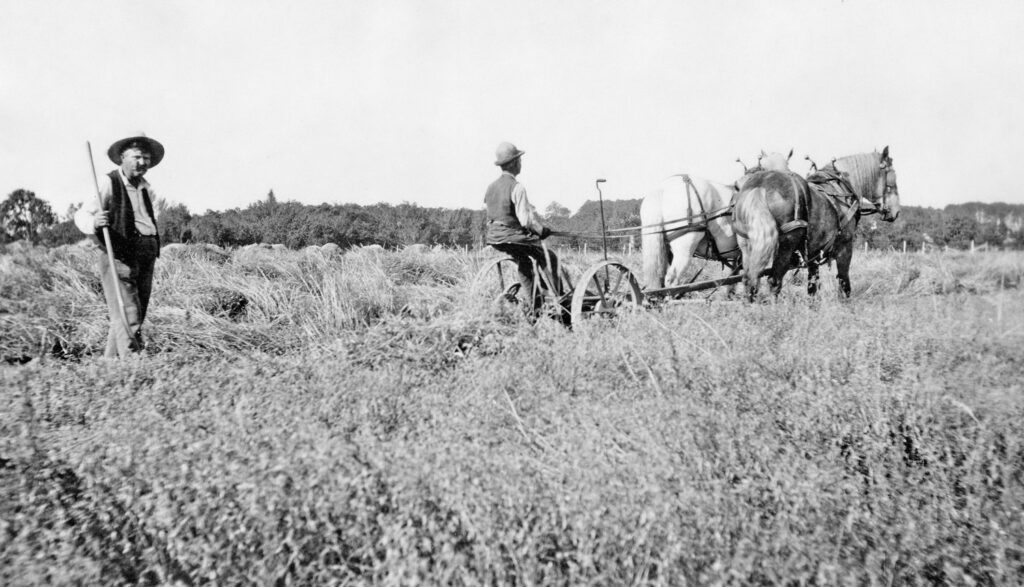
What Caused the French Revolution
The French Revolution was the result of long-standing social, economic, and political issues that had been building for decades.
France was in debt, people were hungry, and the government was out of touch.
People demanded fairness, representation, and an end to the excesses of the monarchy. But the ruling class refused to acknowledge their suffering, so they started what we now call the French Revolution.
France Experienced an Economic Decline
By the late 1700s, France was drowning in debt. Decades of war, including financial support for the American Revolution, had drained the royal treasury.
France sent money, troops, and supplies to help the American colonies fight Britain, which heavily increased their debt.
At the same time, bad harvests led to food shortages and higher bread prices, hitting the poorest citizens the hardest.
Unemployment was also rising, especially in cities like Paris.
The Clergy and the Aristocrats Lived in Luxury But Taxed the Commoners to Fix the Economy
While the French economy crumbled, the clergy and nobility continued to live in unimaginable luxury. They owned large estates, wore fine clothes, and held elite positions in both church and government.
Even though they represented only a small portion of the population, they controlled most of the land and wealth, and paid little to no taxes.
To fix the growing economic crisis, the government turned to the Third Estate to foot the bill. This meant that those who could least afford it were forced to pay more while the rich avoided responsibility.
The Commoners Fought Against Unfairness
Those in the Third Estate had endured poverty, high taxes, and political exclusion for too long. So, they organized and demanded a new government that represented the people, not just the powerful.
The Storming of the Bastille Prison
The Storming of the Bastille on July 14, 1789, is one of the most iconic moments of the French Revolution.
The Bastille was a fortress prison in Paris that symbolized the monarchy’s absolute power and its practice of imprisoning people without trial.
The Bastille prison was destroyed during the revolution. The Place de la Bastille now occupies the area.
When revolutionaries stormed it, the French Revolution started.
It was a turning point that inspired uprisings across France and is still celebrated today as Bastille Day, France’s national holiday.
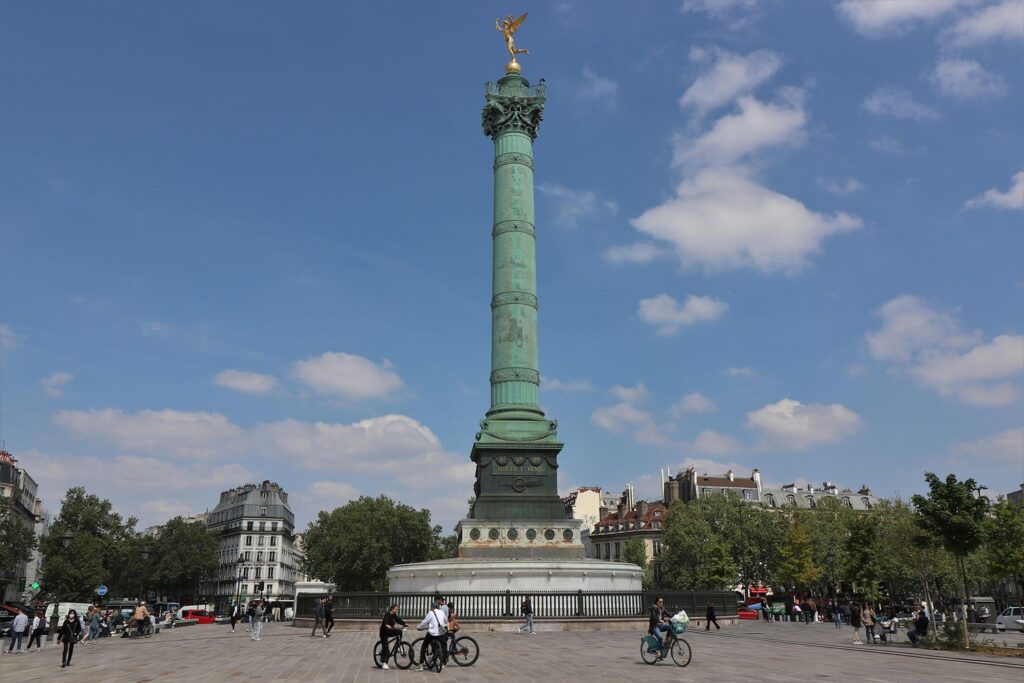
The Jacobins Sought the Removal of the King
The Jacobin Club was founded as a forum for political debate, but it eventually became the driving force behind the fall of the monarchy.
The Jacobins believed that the king had betrayed the revolution and that true liberty could only be achieved through a republic.
They pushed for the execution of King Louis XVI, which they accomplished on January 21, 1793. What happened next was the bloodiest period of the French Revolution, known as the Reign of Terror.
Deaths During the Reign of Terror
From 1793 to 1794, the French Revolution took a dark turn. During the Reign of Terror, mass executions and political purges occurred.
It was led by Maximilien Robespierre and the Jacobins. They targeted anyone considered an “enemy of the revolution,” often without fair trials.
Maximilien Robespierre was a leading member of the Committee of Public Safety, which gave him significant power over the government and revolutionary justice.
Nobles, clergy, moderates, and even former revolutionaries found themselves accused of treason. Thousands were executed, many for minor offenses or simply being in the wrong political factions.
While the Jacobins claimed these measures were necessary to protect the revolution, the violence ultimately led to their downfall.
Guillotine
The guillotine was used extensively to carry out capital punishment. Public executions were done. Citizens gathered to watch as heads rolled.
It was meant to represent equality in death: Everyone, regardless of status, was executed the same way.
By the time the Reign of Terror ended, it had taken tens of thousands of lives and left a lasting scar on France’s collective memory.
Some of the most famous victims included King Louis XVI, Queen Marie Antoinette, and Maximilien Robespierre himself.
The French Revolution Lasted 10 Years
The French Revolution lasted from 1789 to 1799.
In ten years, France went from monarchy to republic, experienced intense violence during the Reign of Terror, and eventually saw the rise of Napoleon Bonaparte, who ended the revolution.
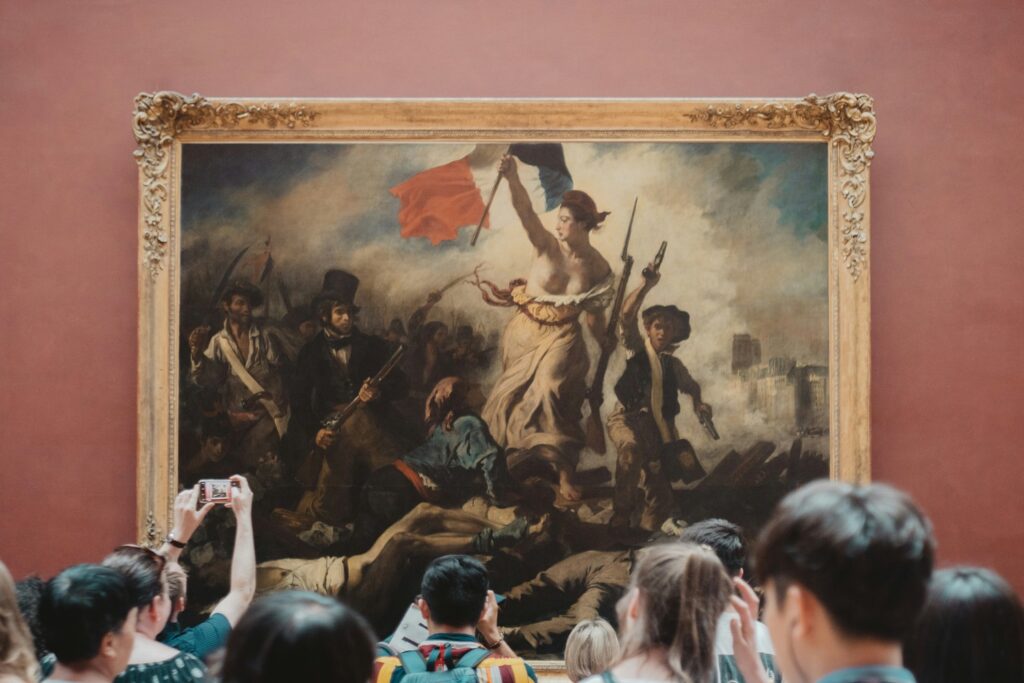
Napoleon Bonaparte Ended the French Revolution
After the Reign of Terror, the government struggled to maintain control.
In 1799, Napoleon Bonaparte seized power in a coup and declared himself First Consul, effectively ending the French Revolution.
But by 1804, he crowned himself Emperor of the French, ending the First Republic and establishing the First French Empire.
While he kept some republican structures in name, real power was centralized under him. His rule became increasingly authoritarian.
After Napoleon Bonaparte was defeated in 1815, France briefly returned to monarchy under King Louis XVIII during the Bourbon Restoration.
